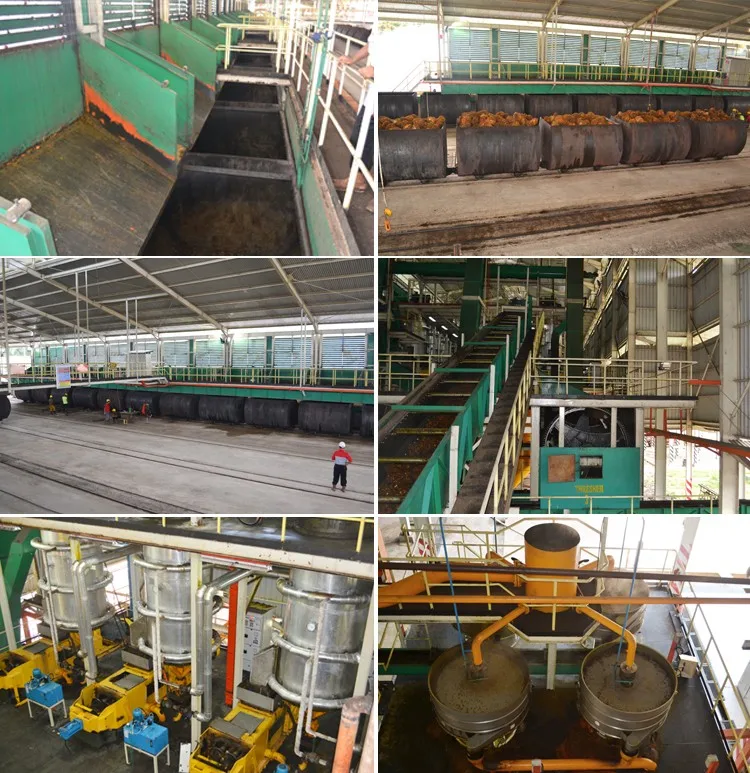How to Make Palm Oil in a Factory?
Palm oil is one of the most widely used vegetable oils in the world, found in everything from food products to cosmetics and biofuels. The production of palm oil in a factory involves several steps, from harvesting the fruit to refining the oil. Here’s an overview of the process:
Harvesting the Fresh Fruit Bunches (FFB)
The process begins in the oil palm plantations, where workers harvest the Fresh Fruit Bunches (FFB) from the oil palm trees. The bunches are transported to the palm oil factory as quickly as possible to prevent spoilage.
Palm Oil Sterilization Process
Once the FFB arrives at the palm oil mill, they are sterilized using steam. This process serves several purposes:
1) It stops the enzymatic activity that could degrade the oil quality.
2) It softens the fruit, making it easier to separate the fruits from the bunch.
3) It helps to loosen the oil-bearing cells in the fruit.
Palm Oil Threshing Process
After sterilization, the FFB is fed into a threshing machine, which separates the individual fruits from the bunch. The empty bunches are typically discarded or used as biomass fuel, while the fruits move on to the next stage.
Palm Oil Digesting and Pressing
The separated fruits are then heated and mashed in a digester to break down the oil-bearing cells. The mashed fruit is then pressed to extract the crude palm oil (CPO). This oil is a mixture of oil, water, and solid impurities.
Palm Oil Clarification and Purification
The crude palm oil undergoes a clarification process to remove impurities. This involves:
1) Settling: Allowing the oil to sit so that water and solids settle at the bottom.
2) Centrifugation: Using centrifugal force to separate the oil from the water and solids.
3) Drying: Removing any remaining moisture from the oil.
Palm Oil Refining Plant
The crude palm oil is then refined to improve its quality and shelf life. The palm oil refining process includes:
1) Degumming: Removing gums and phospholipids.
2) Neutralization: Removing free fatty acids using an alkali solution.
3) Bleaching: Removing color pigments using bleaching earth.
4) Deodorization: Removing volatile compounds that cause odors and flavors.
Palm Oil Fractionation
In some cases, the refined palm oil is further processed through fractionation. This involves cooling the oil to separate it into different fractions based on their melting points. The two main fractions are:
1) Palm Olein: A liquid fraction used in cooking oils.
2) Palm Stearin: A solid fraction used in margarine and shortening.
Packaging and Storage
The final product is packaged in containers suitable for transport and storage. It is then stored in a cool, dry place to maintain its quality until it is shipped to customers.
By-Products and Waste Management
The production of palm oil also generates by-products such as palm kernel shells, empty fruit bunches, and palm kernel cake. These by-products are often used as fuel, animal feed, or in other industrial applications. Palm oil factories must also manage waste responsibly to minimize environmental impact.
Conclusion
The production of palm oil in a factory is a complex process that requires careful handling and advanced palm oil machinery. From harvesting the fruit to refining the oil, each step is crucial to ensuring the quality and efficiency of the final product. As the demand for palm oil continues to grow, sustainable practices and efficient production methods are essential to minimize environmental impact and meet global needs.
By understanding the palm oil production process, we can appreciate the effort and technology involved in producing this versatile and widely used oil.
Website: https://palmoilmachine.com/
Email: info06@cnoilmachine.com



